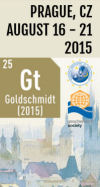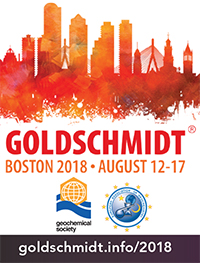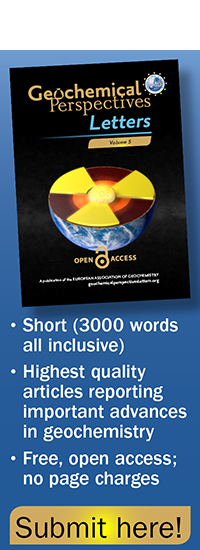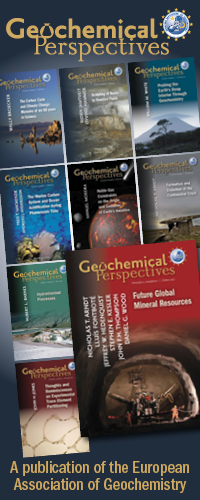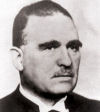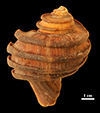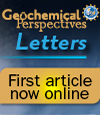
The inaugural article of Geochemical Perspectives Letters (GPL) is now available online. GPL is the EAG's new high-impact, short-format journal spanning the broad field of geochemical sciences. It is society owned, fully OPEN ACCESS and carries NO PAGE CHARGES.
SUBMIT your article here | SIGN UP for e-Alerts.
The first article "Preserved macroscopic polymeric sheets of shell-binding protein in the Middle Miocen (8 to 18 Ma) gastropod Ecphora" by J.R. Nance and colleagues presents new results on remarkably well-preserved proteins in the fossil remains of an important Chesapeake Bay organism. Also see associated press release.
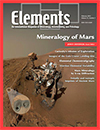
The Mars Science Laboratory (MSL) rover Curiosity was designed and built to explore the surface of Mars and characterize its modern environment. Its primary objective was to search for ancient habitable environments. During its nominal one-Mars-year mission (23 Earth months), Curiosity drilled and scooped samples, made mineralogical, isotopic, and compositional measurements, took hundreds of thousands of images that provided geologic context for samples, and acquired millions of observations of the modern environment. Curiosity is the most advanced mobile geochemistry laboratory to have ever roved another planet, and it has been very productive. Within 8 months of landing, scientists were able to confirm mission success with evidence of an ancient habitable environment on Mars. This issue presents the range of discoveries related to the investigations of the solid materials at Gale Crater and elsewhere on Mars. [Grotzinger et al. (2015) Elements 11:19-26]
EAG members will receive their print copy shortly and have online access to all issues of Elements (user id = email address, password = EAG membership number). To verify your postal address or your membership number, login to your member area.

Albrecht W. Hofmann (Max Planck Institute for Chemistry, Germany) is the 2015 Urey Award medallist, recognized for outstanding contribution over a career. Al's research focuses on isotope and trace element geochemistry of Earth’s mantle.

Caroline L. Peacock (University of Leeds, UK) is the 2015 Houtermans Award medallist, recognized for exceptional contributions to geochemistry by scientists under 35 years old or within 6 years of their PhD. Caroline’s research focuses on molecular-level biogeochemical processes that govern the distribution of metals between soils, sediments and natural waters.

Philippe Van Cappellen (University of Waterloo, Canada) is the 2015 Werner Stumm Science Innovation Award medallist, recognized for an important and innovative breakthrough in geochemistry. Philippe’s research covers a broad range of areas in geochemistry, from mineral-water interactions to global biogeochemical cycles.

Christa Göpel (IPGP, France) is recognized with the 2015 Distinguished Service Award for her service as the 2008-2014 EAG Treasurer. She has been instrumental for the solid financial situation which now allows the EAG to fund a number of initiatives.
EAG is honored to recognize Christa for her outstanding contribution to the geochemical community, greatly exceeding the expectations of normal service.

The Geochemical Society and European Association of Geochemistry are pleased to announce those receiving the honor of 2015 Geochemical Fellow. Fellows elected this year are:
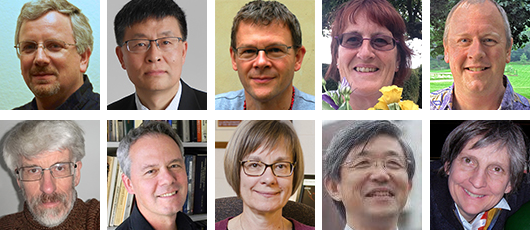
- Ariel Anbar (Arizona State University, USA)
- Hai Cheng (Xi’an Jiatong Uinversity, China and University of Minnesota, USA)
- Timothy Elliott (University of Bristol, UK)
- Monica M. Grady (Open University, UK)
- Erik Hauri (Carnegie Institute, Washington, USA)
- Gert de Lange (Utrecht University, The Netherlands)
- Timothy W. Lyons (University of California, Riverside, USA)
- Kathryn L. Nagy (University of Illinois at Chicago, USA)
- Eiji Ohtani (Tohoku University, Japan)
- Holly Stein (Colorado State University, USA)
All the above medallists will receive their honor at the 2015 Goldschmidt Conference in Prague, Czech Republic.

Please take part in a short (5 minutes) survey on the GEOTRACES Intermediate Data Product 2014. Your contribution will help GEOTRACES to improve the data product for the next release, expected in 2017. Find out more information.
